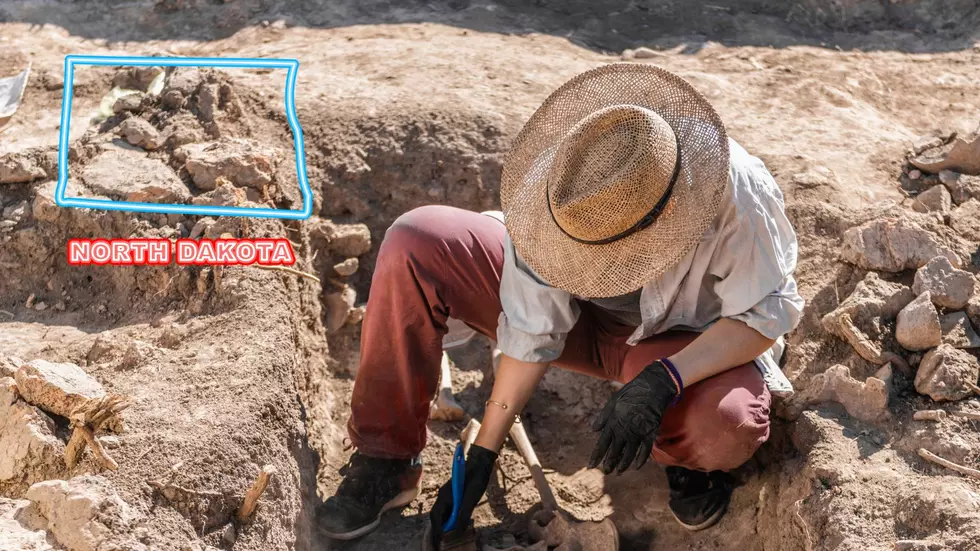
What Are The Most Important Archeological Finds In North Dakota?
The state of North Dakota has a lengthy archaeological history, and over the years, numerous important finds have been made here in the state.
Here are some of the largest archaeological discoveries that shine a light on the history of the Peace Garden State.
- The Sheyenne River Valley: Where several archaeological sites, including prehistoric communities, burial mounds, and artefacts, have been discovered. The Knife River Indian Villages National Historic Site, which protects the remains of a Hidatsa earthlodge hamlet, is one of the most notable locations.
- Sakakawea Village Site: The Lewis and Clark Expedition is connected to this significant archaeological site. Sakakawea, a Shoshone lady who joined the expedition, is thought to have been born there. The website has offered insightful information about the past interactions of Native Americans with European explorers.
- On-A-Slant Villager: This 16th-century town site is close to Mandan and is a part of the Fort Abraham Lincoln State Park. It is related to the Mandan people. The settlement, which has been partially rebuilt and is made up of earthlodges, gives tourists a look into the way of life of the Mandan people.
- Mandan Villages: The Mandan people are known to have inhabited the Missouri River valley region, including parts of North Dakota, for centuries. Numerous archaeological sites related to Mandan villages, earthlodges, and artifacts have been discovered in the state.
- Bison Kill Sites: Numerous bison slaughter sites in North Dakota are thousands of years old. These websites offer insightful details regarding native peoples' hunting customs and their reliance on bison as a food source.
- Medicine Wheel National Historic Landmark: This site, which is in the Killdeer Mountains, has a stone circle that is thought to have been built by native peoples for ceremonial or astronomical purposes. It is a cultural and historical landmark even if it is not an ordinary archaeological site.
- Vore Buffalo Jump: The Vore Buffalo Jump is a major archaeological site in the area even though it is only a short distance away in Wyoming. Native American hunters utilized it to drive bison over the cliffs, providing a plentiful supply of meat and hides. Numerous remnants of bison hunting and processing have been found during archaeological digs.
These historical discoveries aid in reconstructing the history of North Dakota's indigenous peoples and their connections with explorers and settlers. The cultural, social, and ecological history of the area is better understood because to their insightful observations.

Get our free mobile app
15 Most Disastrous Music Festivals in History
Here are some of the most disastrous music festivals in history, many of which proved unacceptably arduous for attendees, but a handful of others that unfortunately turned tragic. You might remember many of these instances — others you may not know about yet. Keep reading to find out.
Gallery Credit: Philip Trapp




